Skepticblog
About Daniel Loxton

Daniel Loxton is the Editor of Junior Skeptic (the 10-page kids’ science section bound within Skeptic magazine). He is the author and illustrator of the national award-winning kids’ science book Evolution: How We And All Living Things Came to Be (translated into Slovenian, Korean, Norwegian, and, in a modified form as the separate book Evolução, Portuguese). Evolution won the 2010 Lane Anderson Award recognizing the best Canadian science book for young readers. It has also been named a finalist for the Norma Fleck Award (recognizing the best Canadian nonfiction book for young readers) and the Ontario Library Association’s prestigious Silver Birch Award. Daniel is also the author and illustrator (with Jim W. W. Smith) of Ankylosaur Attack, a paleofiction storybook for ages four and up. This is the first book in the “Tales of Prehistoric Life” series from Kids Can Press. Daniel has written for critical thinking publications including Skeptic, Skeptical Briefs, eSkeptic and the Skeptical Inquirer, and contributed cover art to Skeptic, Yes mag, and Free Inquiry. In a previous career, Daniel was a silvicultural shepherd for ten years (working mostly along the BC side of the Alaska panhandle).
RSS feed for this authorwww.skeptic.com/junior_skeptic
Junior Skeptic Facebook page
Subjects
aliens alternative medicine atheism autism belief bigfoot Brian Dunning CAM Carl Sagan climate change conspiracy theories Creation creationism critical thinking cryptozoology denialism dinosaurs Dr. Kiki earthquakes economics education environment ethics evolution fossils geology Ghost Hunting ghosts global warming God homeopathy intelligent design james randi journalism media medicine michael shermer morality nasa paleontology paranormal politics pseudoscience Psychics psychology religion science science denialism scope SETI Shermer skeptical history skepticism skeptoid Skeptologists TV ufo ufos vaccines videoRecent Comments
- Daniel Loxton commented on A Fond Farewell to Skepticblog at 1:25 pm, September 18, 2014
- markx commented on A Fond Farewell to Skepticblog at 8:52 pm, September 17, 2014
- Thomas commented on False Equivalence at 11:44 am, September 15, 2014
- John Greg commented on A Fond Farewell to Skepticblog at 2:10 pm, September 13, 2014
- tmac57 commented on A Fond Farewell to Skepticblog at 10:39 am, September 13, 2014
Read posts by author:
The Profound Awfulness of Discovery’s Russian Yeti: The Killer Lives
Tonight sees the premiere of a two-hour Discovery Channel Monster Week “documentary,” Russian Yeti: The Killer Lives. With its horror movie trappings, it makes a sensationalist hash out of a genuine historical mystery—the tragic deaths of nine hikers in the Ural mountains in February of 1959. Known as the “Dyatlov Pass incident,” this unsolved cold case has unusual aspects that give it something of an air of the inexplicable, leading to the rise of conspiracy theories and paranormal speculations. Notably, though the bodies of the hikers were eventually recovered by a search party, they were found scattered over a large area in states of partial undress, as though they had fled their tents in the night in a panic. Perhaps, some speculate, they were running from someone—or something? Cue X-Files theme.
I shouldn’t snark. It’s ghoulish to make hay from the untimely deaths of other people—in this case, people who have surviving loved ones today. But mystery-mongering television programs have rarely found a tragedy they weren’t willing to exploit—and distort.
comments (88)A Very Happy Retirement to My Kids Can Press Editor Valerie Wyatt
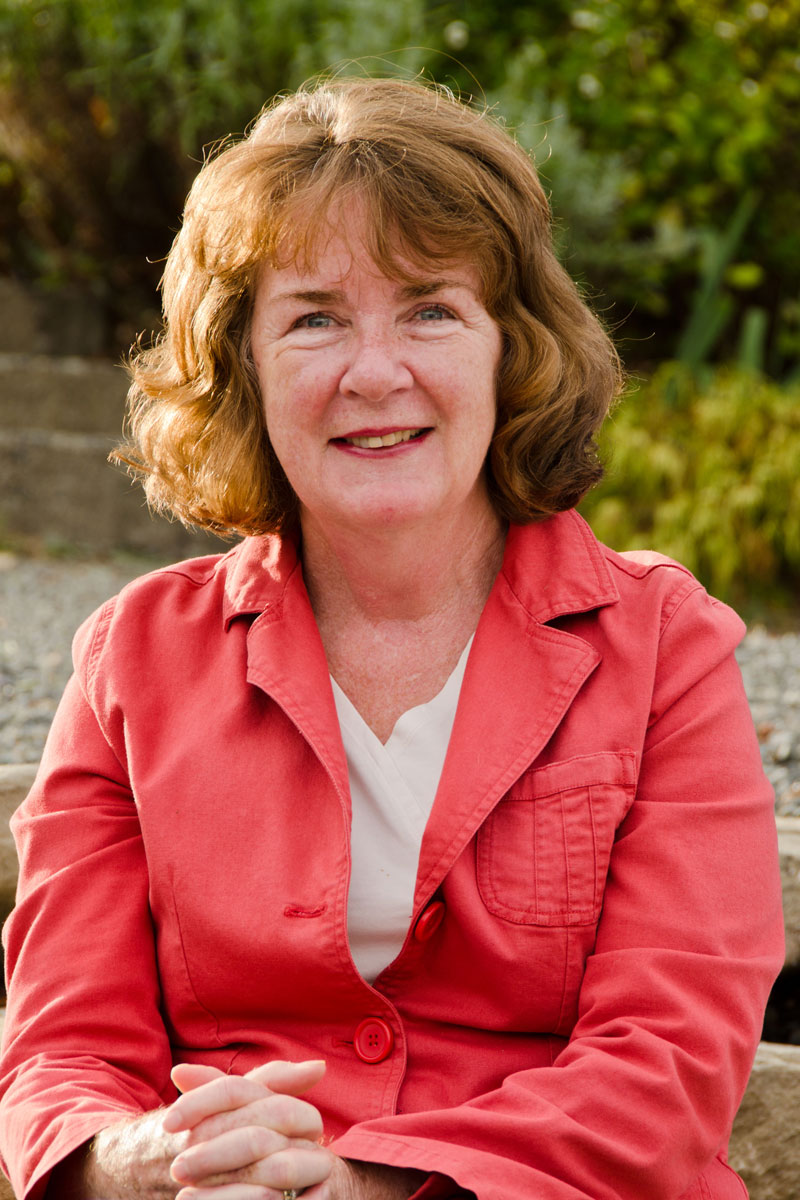
Veteran editor and author Valerie Wyatt has spent her distinguished career as a specialist in science and other nonfiction books for young readers.
I must confess that I received this happy news with very mixed feelings. When she phoned me a few weeks ago with the announcement, it was all I could do to conceal my indignation. Suuuurre, this is marvelous news for her. That’s all fine and dandy. But it’s disappointing news for me, me, me! Shouldn’t that be the important thing? Won’t someone think of the authors?
[Music. Author weeps bitter tears.]
In complete earnestness, I just can’t tell you how important a good editor is in the life of a writer. It sounds like a kind of cliché, but there it is. Believe it! Every writer reading this does. A good editor is life, sanity, insurance—victory from the jaws of defeat. A good editor is everything.
Val is very good. She’s exactly what a writer needs in an editor—tough, clever, skillful and kind. She tells hard truths. She pulls no punches. And she’s been in my corner for every round of the fight.
comments (2)Sagan Versus the Flying Saucers (an Excerpt from Junior Skeptic 50)
With the world of popular science nerdery (my world!) on fire with excitement for tonight’s premiere of the new television miniseries Cosmos: A Spacetime Odyssey, I thought I might share a small excerpt from Junior Skeptic 50—our special celebratory look back at the life and legacy of Carl Sagan. You can find this short, kid-friendly biography of one of skeptical history’s most inspiring figures bound inside Skeptic Vol. 19, No. 1, which ships shortly. Subscribe to Skeptic today in digital or print formats!
For age-appropriate simplicity, the format of Junior Skeptic does not include endnotes (though I often call out important sources in sidebars or in the text of the story itself). Here, for your interest, I’ve included some relevant citation endnotes from my research: (continue reading…)
comments (2)Plesiosaur Peril: Science and Speculation on the Behaviours of Plesiosaurs
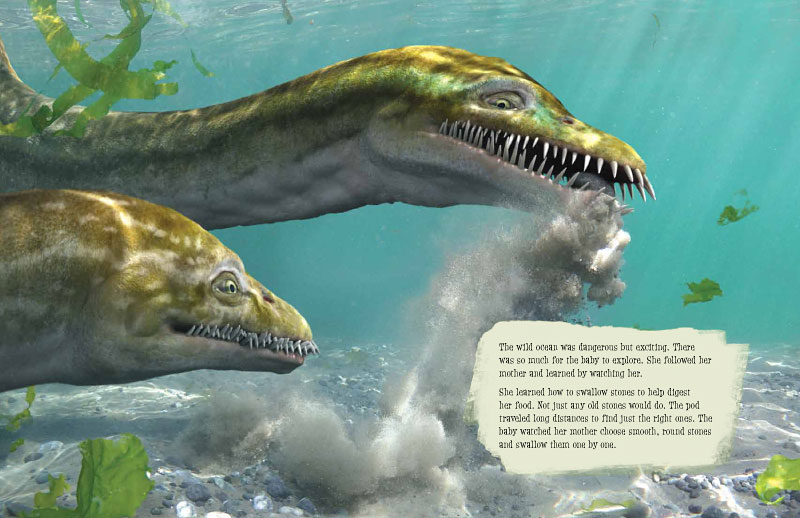
In one Plesiosaur Peril illustration, a juvenile Cryptoclidus (the book’s protagonist) looks on while her mother swallows carefully selected stones.
Like my previous two Tales of Prehistoric Life books, Pterosaur Trouble and Ankylosaur Attack, the intention on Plesiosaur Peril was to create a readable, age-appropriate storybook that both looks real and also reflects the genuine science on these animals and their habitat to the greatest possible degree. I had wonderful support in the goal of accuracy, both from my editor Valerie Wyatt and from the good folks at Kids Can Press (see this post for an epic example).
Our science consultant—paleozoologist Darren Naish—was absolutely critical to my attempt at scientific accuracy (or given all the unknowns, scientific plausibility) on both Pterosaur Trouble and Plesiosaur Peril. Naish was involved in both books from the first steps, consulting on both the character designs and the story elements. I sent Darren rough plot outlines and shopping lists of activities, behaviours, and interactions that I pictured for the story. He gave me detailed feedback, drawing upon the knowns of the fossils record (all too few!) and the plausible inferences that are made currently by those who study the fossil evidence.
To give readers a window into this behind-the-scenes process and a chance to deeply explore the behaviours of plesiosaurs, Naish has posted a lengthy reflection on these weird and wonderful marine reptiles over at his Tetrapod Zoology blog at Scientific American: (continue reading…)
comments (1)Early Twitter Reactions to Plesiosaur Peril
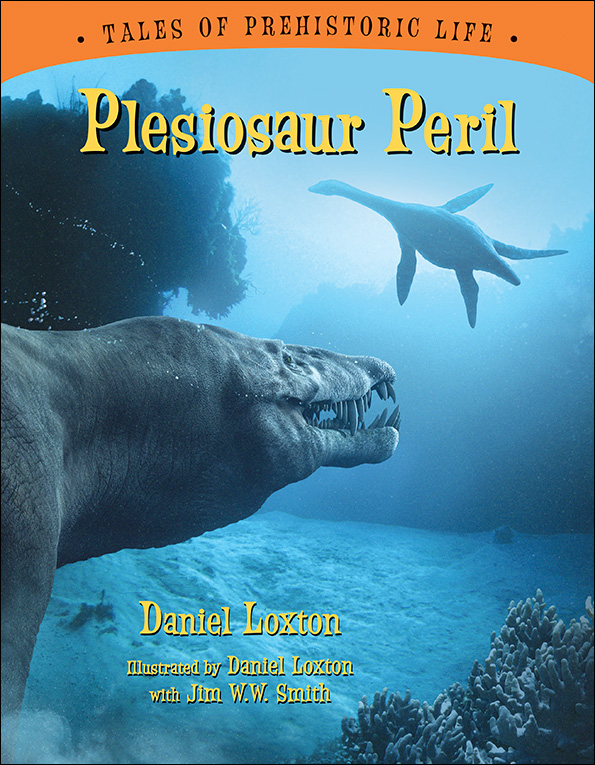
Whew! It’s always a wonderful and slightly dream-like experience to release a new book, and my latest paleofiction storybook Plesiosaur Peril is no exception. From signing a contract to holding the finished book in your hands, these things take years to bring to fruition. Sometimes it feels that they’ll never quite exist—and then poof, they’re out! It catches you by surprise.
Happily, despite my astonishment at this long-scheduled release, the book is now hitting stores (including Skeptic.com, Amazon.com, and Amazon.ca.).
Also gratifying, the first few Twitter reactions to Plesiosaur Peril seem quite positive:
comments (3)Revealing Cover of Junior Skeptic 50
I’m very happy (even possibly, I’ll admit it, a little giddy) to reveal my cover artwork for our special, celebratory 50th issue of Junior Skeptic, bound inside the upcoming Skeptic Vol. 19, No. 1! Stand by for more details this week, but I think you’ll know what I mean when I say that this Junior Skeptic hearkens back to the very best of the skeptical tradition—our warmest, strongest heart.
Comments OffAnnouncing Release of Plesiosaur Peril
Hi, folks!
I’m excited to announce that my brand new children’s paleofiction storybook Plesiosaur Peril is hitting stores now (official release, March 1, 2014)! Look for it at Skeptic.com, Amazon.com, and Amazon.ca.
comments (2)Review of The Young Atheist’s Handbook—But Not Here
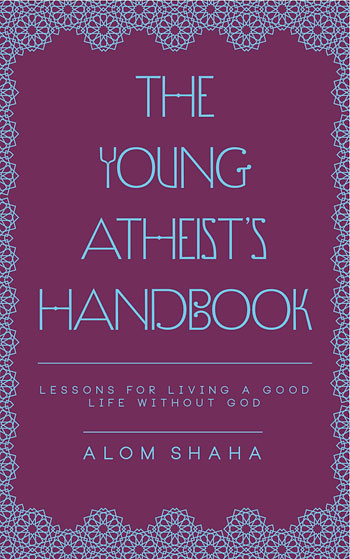 For much of the past year I hoped to find the time to read and review UK science teacher Alom Shaha’s The Young Atheist’s Handbook, which had great buzz among softer atheist voices. Finally I found a moment last year to dig into the book. And loved it. It’s a brisk, wonderful read—and every bit as moving, and as laudably pluralistic, as its reputation suggested. It was an experience I really enjoyed. I wanted to tell people about it.
For much of the past year I hoped to find the time to read and review UK science teacher Alom Shaha’s The Young Atheist’s Handbook, which had great buzz among softer atheist voices. Finally I found a moment last year to dig into the book. And loved it. It’s a brisk, wonderful read—and every bit as moving, and as laudably pluralistic, as its reputation suggested. It was an experience I really enjoyed. I wanted to tell people about it.
The question was, where?
As many readers know, I am an atheist in my personal life. At the same time, in my professional life I am an advocate for old school “scientific” skepticism (PDF). I regularly argue that the distinct and valuable tradition of scientific skepticism should be clearly distinguished from other parallel rationalist movements, and from the religious and political beliefs of individual skeptics—including my own. Skepticism is not an atheists only club. (continue reading…)
comments (6)Is Debating Pseudoscience a Good Idea? Carl Sagan Weighs In
Tomorrow, as many of you know, Bill Nye “the Science Guy” will take the stage with Answers in Genesis frontman Ken Ham to debate the topic of evolution. For those of you interested, the event may be watched streaming for free, live at 7 PM Eastern on February 4, 2014.
Are such debates a good idea? As you might gather from the many divergent opinions on Nye’s choice, the answer is far from clear. Too much depends upon the circumstances, format, and participants of the “debate.” Also, it is often argued—and I tend to agree with this argument—that there are figures too cynical to be fruitfully engaged in any format. (My initial gut feeling was that Ham may not be a fair-minded opponent, and that this particular debate may not have been a wise decision for Nye for that reason—though Randy Olson has almost brought me around with this thoughtful post.)
But the wider meta-question is not a new one. I thought it might be interesting to share a decades-old argument in favor of public engagement with fringe ideas and their proponents by a pioneering voice for modern scientific skepticism: Carl Sagan. It reminds me that “debating pseudoscience” is, when you get down to it, what skeptics do.
In December of 1969, a symposium on the topic of UFOs was hosted by the American Association for the Advancement of Science. Organized by Sagan and Thornton Page, it almost didn’t happen at all. For over a year, the symposium faced passionate opposition from scientists who believed that hosting such an exchange would lend inappropriate legitimacy and stage time to the fringe, and all at the expense of the science. “A distinguished scientist once threatened to sic then Vice-President Spiro T. Agnew on me,” Sagan later recalled, “if I persisted in organizing a meeting of the American Association for the Advancement of Science in which both proponents and opponents of the extraterrestrial-spacecraft hypothesis of UFO origins would be permitted to speak.”1
comments (34)Hosted by Skeptic magazine. For website-related matters, contact the webmaster.
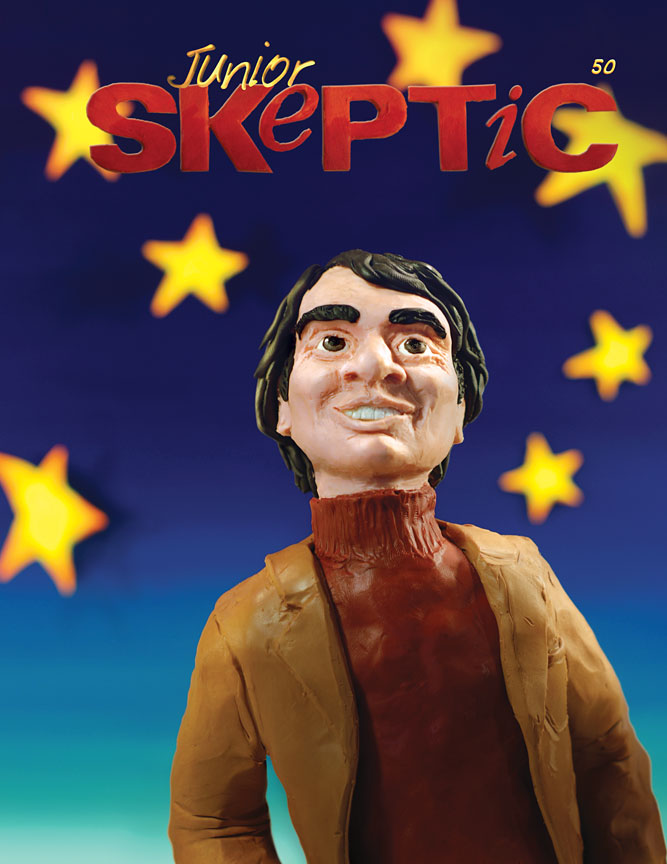
Image by Daniel Loxton
In a few days we will announce an exciting new blog project that I think will knock your socks off. I hope you’ll join us there (the details will be revealed next week) but today I want to talk about what has been.
comments (13)(continue reading…)